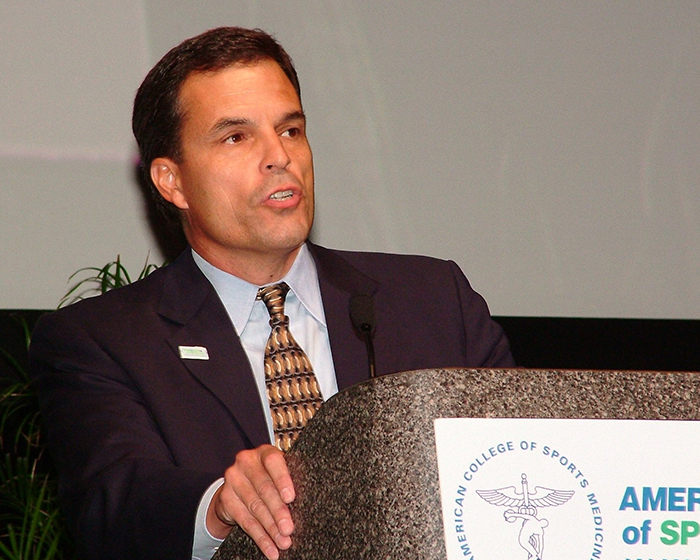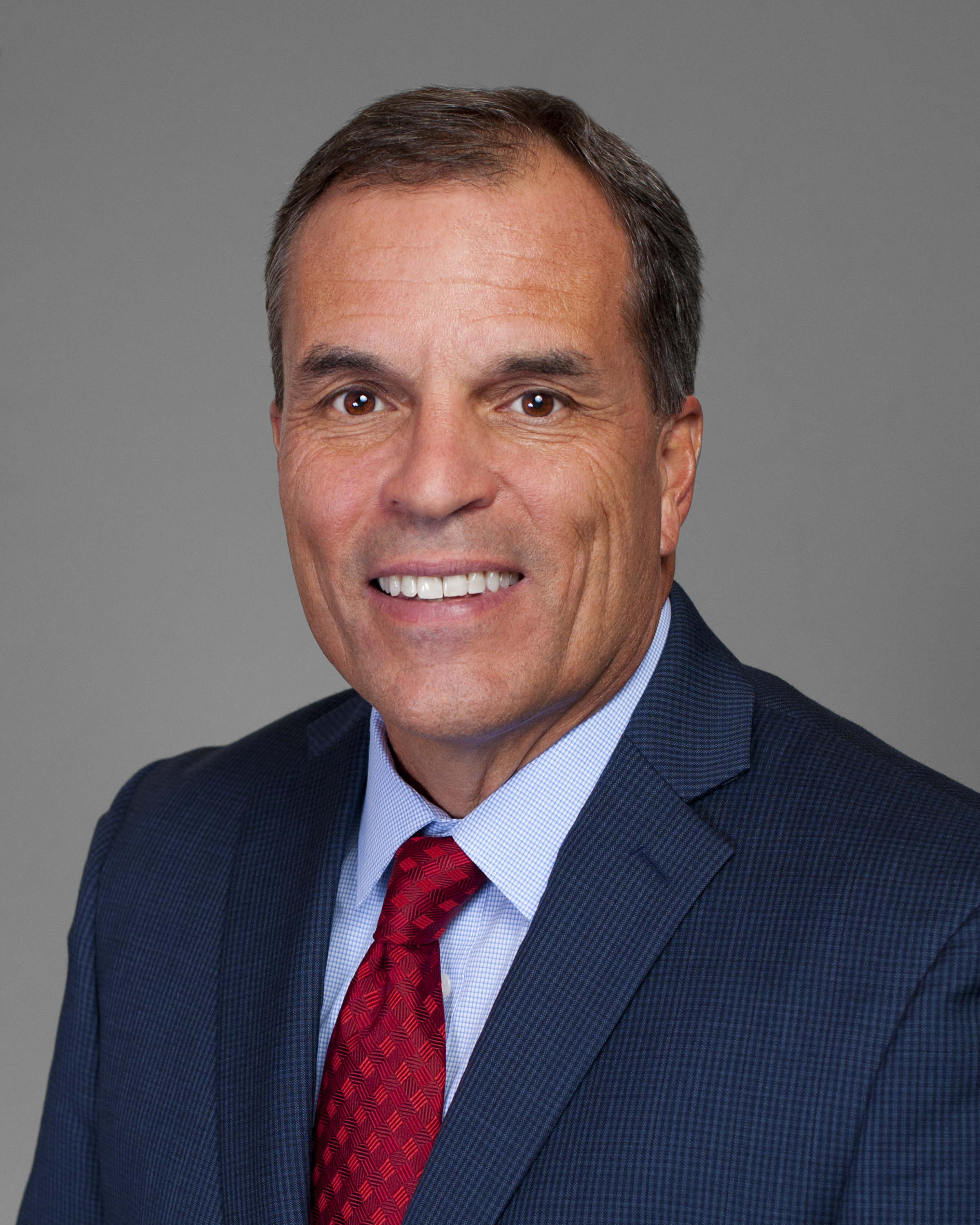In early January 2013, my travels took me to the chilly Midwest and Indianapolis. This is where the headquarters of the American College of Sports Medicine (ACSM) is located. I was there to participate in the planning for the 2014 ACSM Annual Meeting to be held in Orlando, Florida at the end of May. During the 2015 meeting I will serve as chair of the 5th Annual Exercise is Medicine World Congress. Both the ACSM Annual Meeting and World Congress bring together many of the world’s experts in the field of Sports Medicine and Exercise Science to discuss the latest developments in the field.
The World Congress is particularly exciting for me, since it brings needed focus on our ongoing efforts to connect fitness with healthcare. ACSM is a unique and multi-disciplinary organization that is made up of physicians, scientists and health & fitness practitioners. This makes for a very exciting blend of presentations and discussions that cut across disciplines and allow for a very unique exchange of ideas and collaborations that can help advance the field.
This year I will be doing several presentations on the work we have been doing at Kaiser Permanente to promote walking, both in the outpatient setting, as well as the hospital. For several years now, we have been asking every patient at every visit, how much they are walking. We call this our “Exercise Vital Sign” and our recent studies have shown it correlates with a patient’s blood pressure and blood sugar levels and is likely a very good reflection of their overall health status. More importantly, it helps identify patients who are at risk for chronic disease and premature death because they are inactive, so that we can counsel them on the need to walk for 30 minutes each day.
In addition, I have also been working on something I call our “Hospital Exercise Vital Sign”. This is measured by attaching a fancy step counter to every hospital patient’s ankle so we can measure how much they are walking while in the hospital. Not surprisingly, walking is also powerful medicine for hospital patients and those who get up and walk during their stay tend to have fewer complications and get discharged sooner. For this reason, we need to identify hospital patients who are not getting out of bed and help them get moving. This new technology helps us do that.
I continue to be amazed at the power of walking to improve health – no matter who we study or what disease ails them. I hope you are doing well and taking your walking medicine every day. You owe it to yourself for good health and longevity.
Keep walking my friends!
Bob












